Simple tests that use a pen and paper to answer questions and create drawings are a common way of spotting signs of dementia, such as that caused by Alzheimer’s, stroke, or other diseases. Though quite effective, these tests tend to be quite late in actually spotting disease symptoms. Now a team of researchers from a number of U.S. universities has come up with a way of using technology to significantly boost the value of these tests.
One of the more common tests involves having the patient draw an analog clock face showing a specific time. Typically, a professional grading these tests simply looks at the final result to spot errors and handwriting deviations that may be signs of disease. The reality is that the process of drawing the clock reveals at least as much as the final product. To better analyze the production of the drawing, the team used an Anoto Live Pen to track and analyze the production of the image, providing a more comprehensive look at those moments when patients experience difficulties with the drawing.
The pen has a camera that constantly monitor and records its location, providing a highly detailed tracing of how the image was created. To actually study these drawings, the team created a learning algorithm that has gone through a lot of drawings to better perfect itself.

Discover The World's MOST COMPREHENSIVE Mental Health Assessment Platform
Efficiently assess your patients for 80+ possible conditions with a single dynamic, intuitive mental health assessment. As low as $12 per patient per year.
In their research, the scientists noticed that people with Parkinson’s tend to draw smaller clocks and took more time creating them, while people with memory issues spend more time thinking than writing compared to healthy subjects. The researchers hope that this technology will help provide a quick and easy automatic assessment of patients without requiring clinicians to spend time watching the drawings being made.


